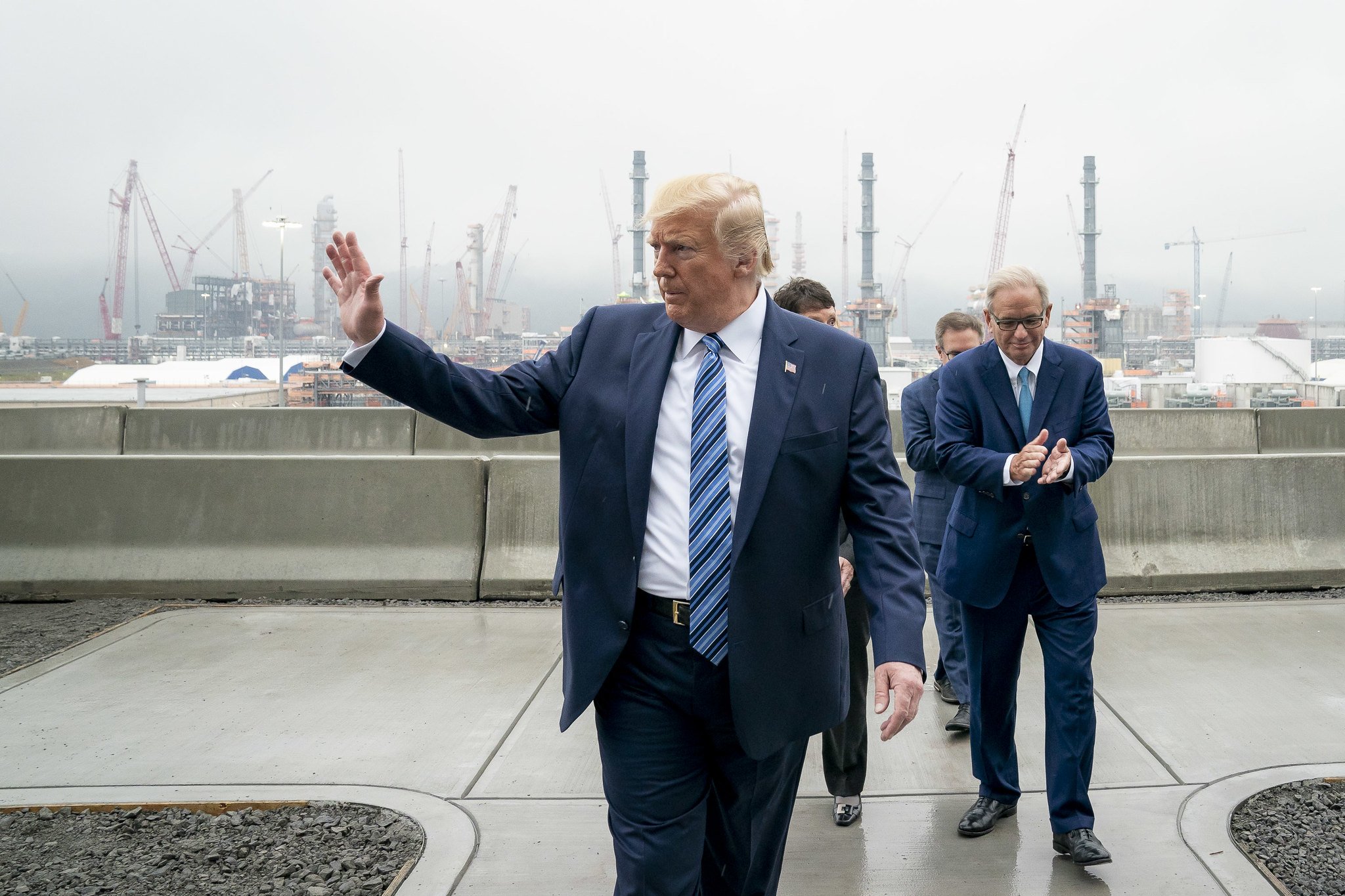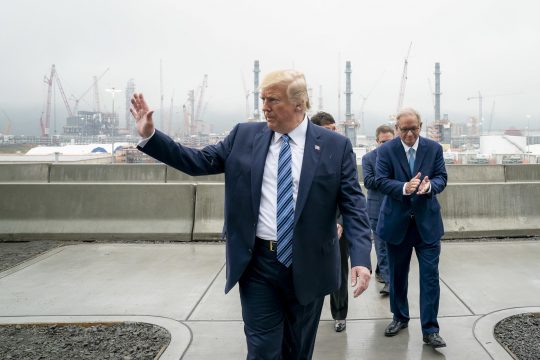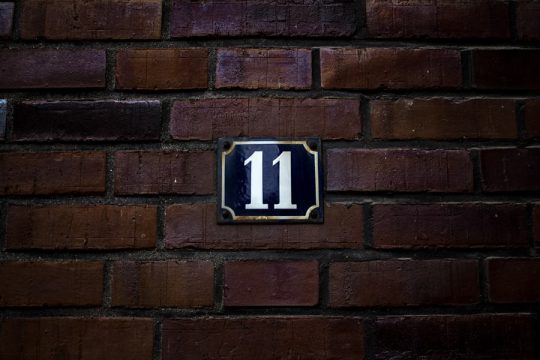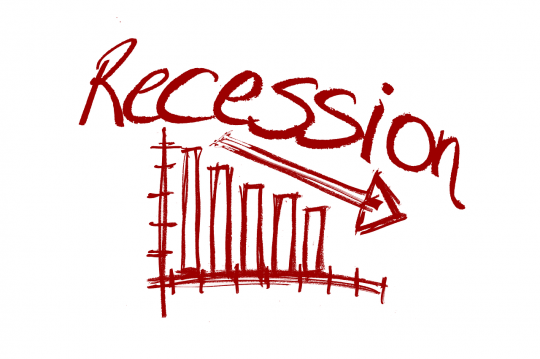 If you ask the mainstream media, they will tell you that about half the country is still middle class. In fact, a CNBC article that just came out says that “52% of American adults live in ‘middle class’ households”. Of course that is down from 61 percent in 1971, but considering everything we have been through in recent years, that still looks pretty good. But is it the truth? In the end, it all comes down to how you define “the middle class”. If I defined the middle class as anyone that makes from zero dollars to a trillion dollars a year, then 100 percent of Americans would be considered “middle class” by that definition. So we can’t just look at the final number they give us. Instead, we have to dig deeper and find out how they came up with the number in the first place.
If you ask the mainstream media, they will tell you that about half the country is still middle class. In fact, a CNBC article that just came out says that “52% of American adults live in ‘middle class’ households”. Of course that is down from 61 percent in 1971, but considering everything we have been through in recent years, that still looks pretty good. But is it the truth? In the end, it all comes down to how you define “the middle class”. If I defined the middle class as anyone that makes from zero dollars to a trillion dollars a year, then 100 percent of Americans would be considered “middle class” by that definition. So we can’t just look at the final number they give us. Instead, we have to dig deeper and find out how they came up with the number in the first place.
The larger the household, the more income it takes to sustain a middle class lifestyle. And according to CNBC, the definition of a “middle class household” is extremely broad at every household size…
- Household of one: $26,093 to $78,281
- Household of two: $36,902 to $110,706
- Household of three: $45,195 to $135,586
- Household of four: $52,187 to $156,561
- Household of five: $58,347 to $175,041
If you are single person and you are making just $26,000 a year, there is no way that you should be considered part of “the middle class”.
First of all, there is no way that you would be able to buy a home in most major U.S. cities these days, and home ownership has always been considered to be one of the key hallmarks of the middle class.
Secondly, $26,000 a year breaks down to just a little over $2,000 a month before taxes. After paying for rent, health insurance and a little bit of food, there wouldn’t be any money left.
You can define that as a “middle class lifestyle” if you want, but I sure don’t.
Over the past decade, the cost of living has increased at a far faster pace than our paychecks have. As a result, many Americans that used to live middle class lifestyles are no longer able to do so.
Health insurance is just one example. Thanks to Obamacare, health insurance premiums have absolutely skyrocketed, and this is financially crippling families all over the nation. In addition to health insurance, here are just a few of the other expenses that average American families must pay on a regular basis…
-rent or mortgage payment
-the power bill
-the water bill
-food
-phone
-Internet
-vehicle payment(s)
-gasoline
-vehicle repairs
-car insurance
-dental bills
-home or rental insurance
-life insurance
-student loan debt payments
-credit card payments
-furniture, clothing and other necessities
If you are making just two or three thousand dollars a month before taxes, there is no way that you can cover all of that.
So I am sorry, but the way that CNBC is defining “the middle class” is just wrong.
Considering everything that I have just discussed, it should not be surprising to learn that a survey conducted earlier this year found that 78 percent of Americans are living paycheck to paycheck at least part of the time.
And if you are living paycheck to paycheck, there is a really good chance that you are not middle class.
Of course another major factor is geography. If you live in a very expensive coastal city like New York or San Francisco, it has been estimated that it now takes approximately $350,000 a year to be part of the middle class…
Here’s a sad reality: In order to raise a family in an expensive coastal city like San Francisco or New York, you’ve now got to make $350,000 or more a year.
You can certainly live on less, but it won’t be easy if your goal is to raise a family, save for your children’s education, save for your own home and save for retirement (so you can actually retire by a reasonable age).
When I was growing up, I thought that if someone was making $50,000 a year that person really had it made.
But these days $50,000 a year will barely get you above poverty level depending on the size of your household and where you live.
In a desperate attempt to maintain a middle class lifestyle when their incomes don’t really allow for it, many Americans are going into shocking amounts of debt. And these days even our young adults are piling on debt as if tomorrow will never come…
Millennials carry an average of $27,900 in debt, not including mortgages, according to new data released today by Northwestern Mutual. Gen Z, the oldest of whom are now 22 years old, have an average debt of $14,700.
Having sizable debt at a young age “is the new normal,” said Chantel Bonneau, wealth management advisor at Northwestern Mutual. “There are lots of people who exit school, and before they start their first job, have debt. That is a different situation from 30 years ago.”
But when you pile on too much debt, it can become financially suffocating very quickly, and many of our young people actually report becoming “physically ill” from worrying about it so much…
About 45% of millennials and 43% of Gen Z reported feeling guilty about their debt at least every month — more than other age groups. But debt is a major stressor across age groups. One-fifth of all respondents said their debt made them physically ill at least monthly, 45% said it made them anxious at least monthly, and 35% said they felt guilty once a month or more.
Overall, U.S. households are now over 13 trillion dollars in debt, and one of the primary reasons why we have accumulated so much debt is because most of us want to live lifestyles that we haven’t really earned.
We are also facing record levels of corporate debt, local government debt, state government debt and federal government debt. And when this debt bubble bursts, it will completely destroy our system.
We have entirely mortgaged our future for short-term gain, and we are so proud whenever the short-term economic numbers tick up a little bit.
But in the process we have completely destroyed the future for every generation of Americans that was supposed to come after us, and that is not something to smile about at all.
 About the author: Michael Snyder is a nationally-syndicated writer, media personality and political activist. He is the author of four books including Get Prepared Now, The Beginning Of The End and Living A Life That Really Matters. His articles are originally published on The Economic Collapse Blog, End Of The American Dream and The Most Important News. From there, his articles are republished on dozens of other prominent websites. If you would like to republish his articles, please feel free to do so. The more people that see this information the better, and we need to wake more people up while there is still time. Of course the most important thing that we can share with people is the gospel of Jesus Christ, and if you would like to learn more about how you can become a Christian I would encourage you to read this article.
About the author: Michael Snyder is a nationally-syndicated writer, media personality and political activist. He is the author of four books including Get Prepared Now, The Beginning Of The End and Living A Life That Really Matters. His articles are originally published on The Economic Collapse Blog, End Of The American Dream and The Most Important News. From there, his articles are republished on dozens of other prominent websites. If you would like to republish his articles, please feel free to do so. The more people that see this information the better, and we need to wake more people up while there is still time. Of course the most important thing that we can share with people is the gospel of Jesus Christ, and if you would like to learn more about how you can become a Christian I would encourage you to read this article.














